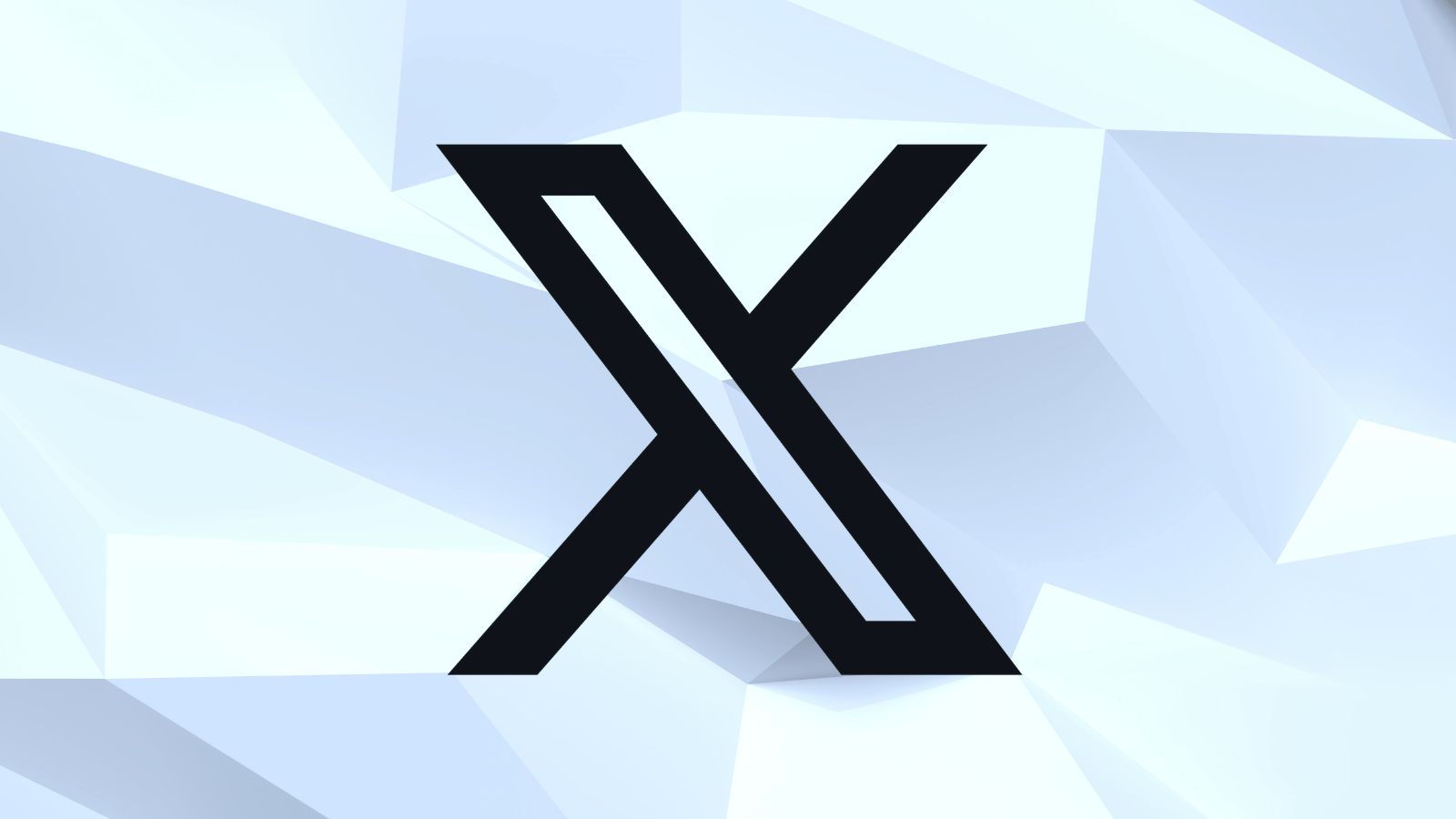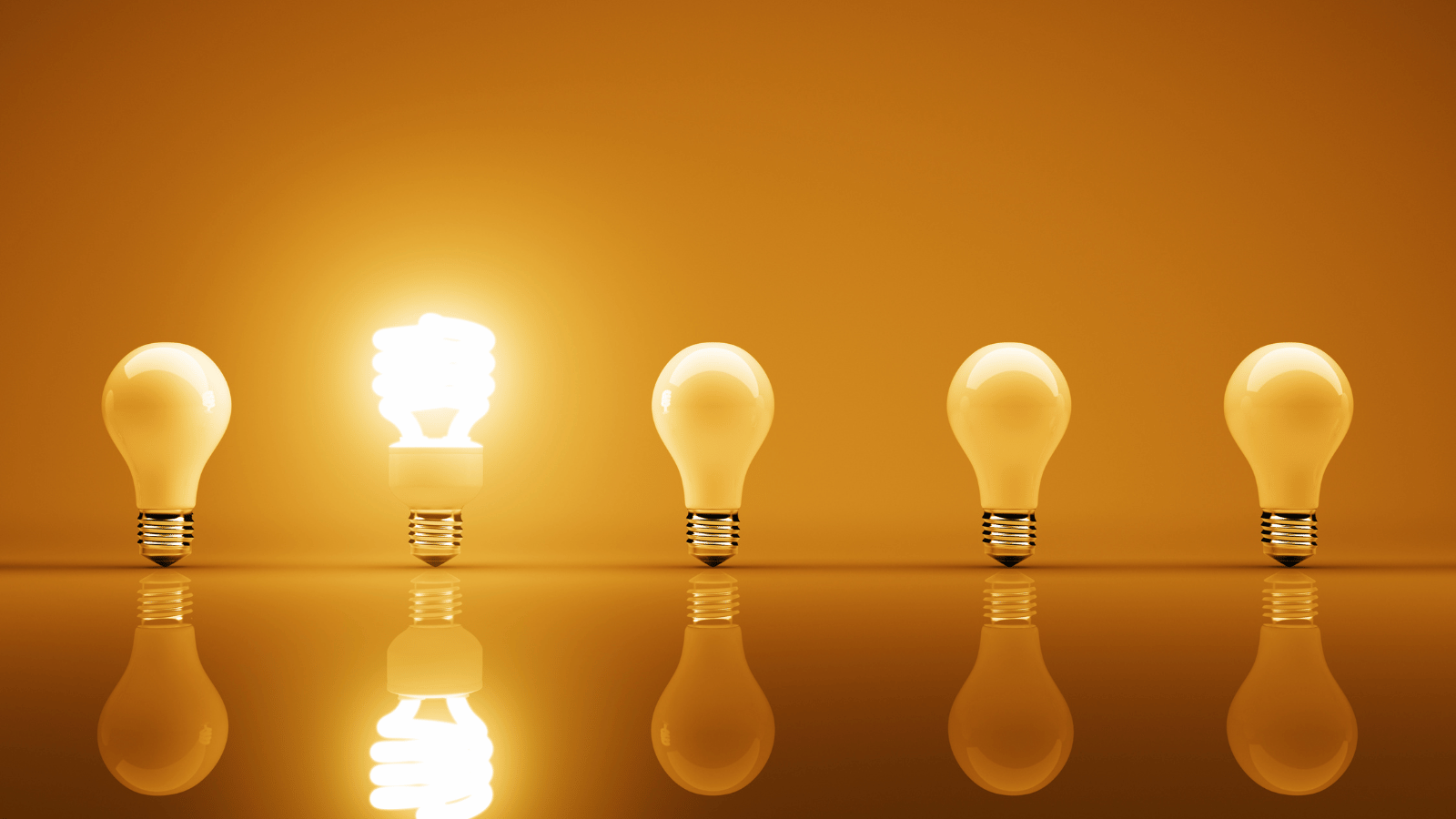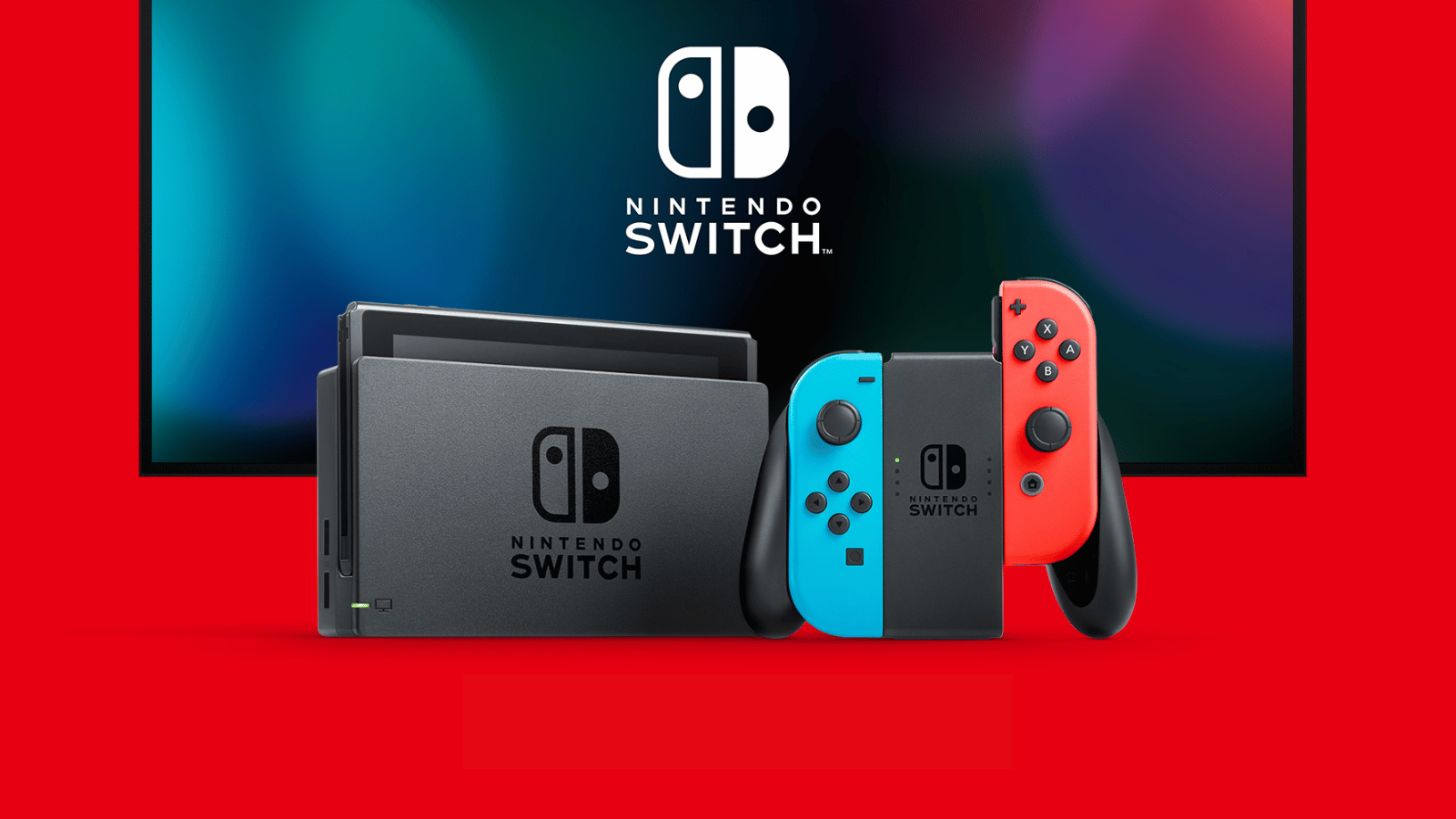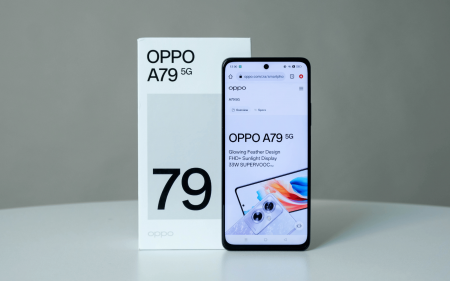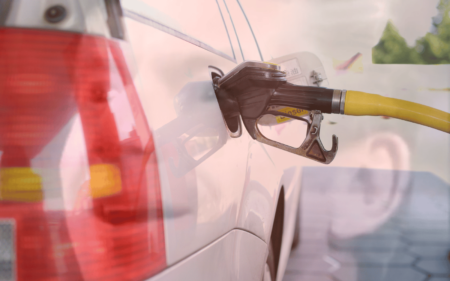X could get a “small” monthly fee
Elon Musk is getting desperate. That’s been the case for a while where Twitter, now X, is concerned. The platform was losing money long before Musk took the joke too far and dropped $44 billion back in October. The company’s single-letter rebrand didn’t help matters, thanks to a 50% drop in advertising revenue and a “heavy debt load”. That’s why we weren’t especially surprised when Musk floated the idea of a “small” monthly entry fee that would give users access to the service.
During an ‘AI Safety Roundtable’ that was live-streamed on X, Musk mentioned the idea of a monthly fee for all was the only way he could think of to “combat the vast armies of bots.” True, Twitter/X has been plagued with bots for years, long before Musk’s reign began. Whether a monthly fee is the platform’s best bet at combating them, however, is another matter altogether.
Musk didn’t delve into any more detail on the possible fee, like how much it would cost, when it would launch, or if a subscription-based platform would add any real benefits to the service’s currently free tier. Don’t expect that to be the case for long – Musk is the type to put his on-a-whim ideas into action quickly, regardless of the outcome.
Eskom gets a win
Eskom is officially suspending load shedding today, Tuesday, 19 September. And we don’t even have to thank the ANC’s polling tactics for this one. In a recent announcement, Eskom pointed towards “improved available generation capacity,” and “breakdowns significantly reduced to 13 577MW of generation capacity” for the slight break from the monotonous drone of your next-door neighbour’s generator.
When we say a ‘slight’ break, we mean it. Load shedding has been suspended from 09:00 this morning ‘til close of business later today, at 16:00. Thereafter, we’ll return to normality with the return of Stage 3, which will run the show until 05:00 on the morning of Wednesday, 20 September. The state-owned power utility will release a more substantial update closer to Stage 3’s return later today.
This is one of the rare occasions in 2023 that Eskom’s been able to let its diesel-powered open-cycle gas turbines rest, with the EskomSePush (ESP) tracking 5,580 hours of load shedding (so far) for 2023.
(More) power to the Google TV
Most of the Google TV devices you’ll find get their chips from the same place – Amlogic. They power almost any of the devices from the Chromecast line-up, with the Chromecast with Google TV (4K) using an Amlogic S905X3. It’ll soon be two generations behind with the release of the S905X3, according to a new teaser for an Android TV box from SEI Robotics (via 9to5Google).
SEI Robotic’s new TV box probably won’t hit South African shelves, but that’s okay. It’s that S905X3 chip we’re more interested in, with the box’s other features being found in plenty of local options.
The biggest change involves the chipset’s manufacturing process, moving from the X4’s 12nm process to a more robust 6nm process. Usually, that would result in an improvement of battery life were it, say, a smartphone. It’ll still make for speedier navigation and theoretically allows for TV box manufacturers to cut down on space and pack the hardware into a much smaller shell. One of Stuff’s favourite TV boxes of the moment – Xiaomi’s 2nd-gen TV Box S – is already rocking a 95x95x16mm size, a relatively small stature in the world of TV boxes. That, but smaller? Sign us up.
Even more Switch 2 news
It’s pretty much an open secret that Nintendo is developing a successor to the wildly successful Switch. For one, it’ll be celebrating its seventh birthday come March 2024 – the unspoken perfect lifetime for a flagship console. For another, it’s all but confirmed that Nintendo showed off the console behind closed doors at Gamescom, with a souped-up version of Breath of the Wild to exhibit the new console’s power.
Those reports didn’t do much in the way of specs, however. Now, according to internal emails from the FTC v Microsoft case (via The Verge), it appears as though Activision was briefed on a ‘Switch NG’ (Switch next-gen), revealing that it would have similar specs to that of a PS4 and Xbox One. The news was brought to light in the form of some heavily redacted email chains between Activision and Nintendo executives back in 2022, with Activision looking to secure early access to the console.
Specifically, Chris Schnakenberg – Activision’s head of platform strategy (that’s a job?) was involved in the emails, explaining that the Switch 2 is close to “Gen8 platforms in terms of performance…” and that Activision could “make something compelling”. It doesn’t take Batman to figure out what that “something compelling” might be after Microsoft and Nintendo signed a deal that would see Call of Duty come to the Switch for at least ten years.



